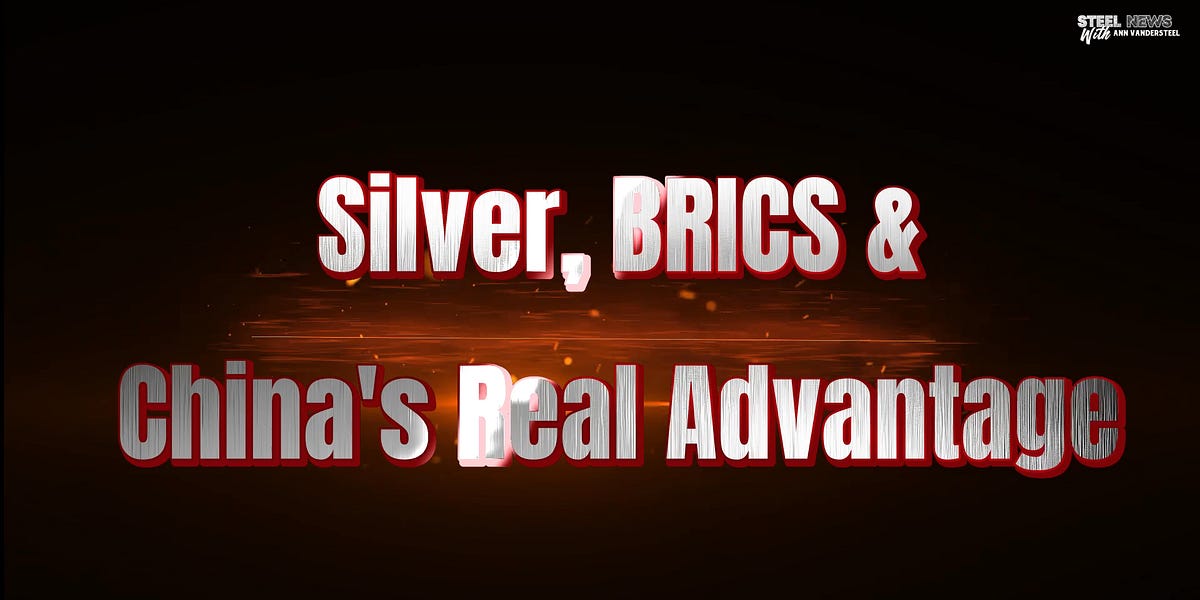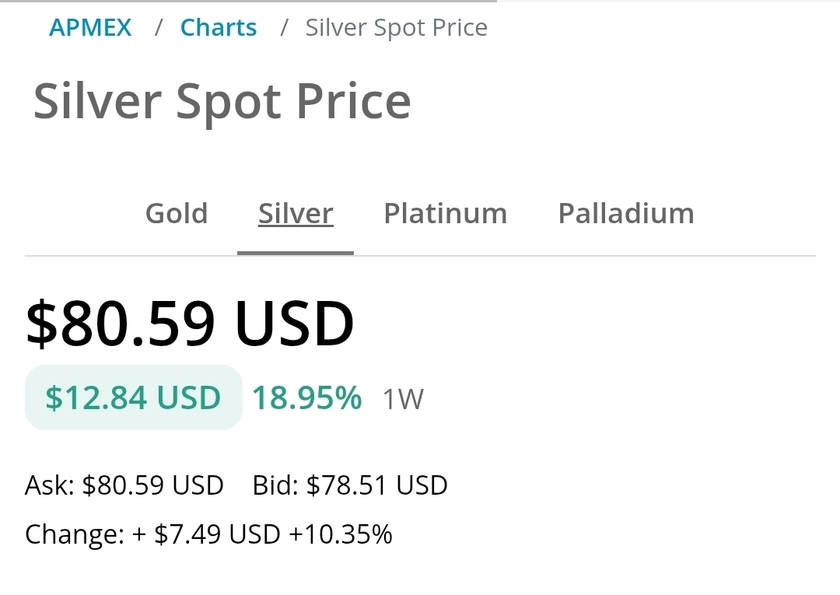👀 BRICS+ expands plans from DLT payments to DLT clearing and depositary 👀
Following this week’s BRICS+ meetings in Kazan, Russia, the group published a 136-page statement, with a small part of it touching on payments (see below). Plans for a new cross border payment system, BRICS Bridge, have been discussed for some time. Additionally, Russia is now pushing for a BRICS-based securities system to provide clearing and a depositary, reportedly also DLT-based.
In January BRICS expanded its membership from the original five members — Brazil, Russia, India, China, and South Africa — with the addition of Iran, the UAE, Ethiopia and Egypt. While Saudi Arabia was expected to be one of the new joiners, it has not officially signed up. Instead, it is a BRICS ‘partner’.
● BRICS Pay
Before the main meetings, BRICS Pay cards loaded with 500 Rubles ($5.20) were distributed to visitors at the BRICS Business Forum in Moscow. Egyptian and South African news outlets describe the cards as a symbolic promotional gesture rather than suggesting that a live system exists. However, this is a reminder of another initiative – to interconnect domestic payment systems – which has not gained traction, according to a recent Forbes Russia report.
Discussions about a BRICS common basket currency have also faded, mainly because that’s viewed as extremely difficult. However, the BRICS+ statement referenced exploring ‘payment instruments and platforms’, which could include either a basket or more likely local currency CBDCs.
● BRICS Bridge
In recent times the main focus has been on the DLT-based BRICS Bridge as a way to enable local currency transactions, potentially with CBDCs. The use of the word Bridge is a nod to mBridge the cross border payment system co-developed by some of the BRICS members, that has reached the minimum viable product stage. Notably, the group is in the process of open sourcing the mBridge code, which might make it easier for BRICS members to adopt. Unlike BRICS Pay, mBridge is more of a backend payment infrastructure that links to existing banking systems.
However, in the short term the aim is to use local currency settlement as part of the existing correspondent banking network. That’s emphasized in the official joint BRICS+ statement (see below).
Meanwhile, IMF managing director Kristalina Georgieva wants to know more about the plans for the payment system.
“The idea of having a payments system of a group of countries is not new,” she said, according to Reuters.
“What we need to see is more details,” she added. “What is it in this idea? How that may translate into reality? And then we will be able to assess it.”
● BRICS Clear
The statement also included a paragraph on the study of a “BRICS Securities Depository and Settlement Infrastructure” which would be an alternative to Western infrastructures like the DTCC, Euroclear and Clearstream. This was previously floated as an idea in a Russian paper circulated before the meetings. Bloomberg reported that some view this as an initiative from Russia and Iran, while other BRICS members might have less appetite for it.
● BRICS statement
Below are the relevant excerpts from the joint BRICS statement:
We reaffirm our commitment to strengthening BRICS financial cooperation. We recognize that a fast, low-cost, efficient, transparent, secure and inclusive cross-border payment system based on the principle of minimization of trade barriers and non-discriminatory access has broad benefits. We welcome the use of local currencies by BRICS countries and their trading partners in financial transactions. We encourage the strengthening of the BRICS correspondent banking network and the promotion of local currency settlement under the voluntary and non-binding BRICS Cross-Border Payments Initiative, and look forward to further discussions on this under the BRICS Payments Working Group and other mechanisms.
We authorize the BRICS Finance Ministers and Central Bank Governors to continue their study on local currency cooperation, payment instruments and platforms as appropriate and to submit a report during the next BRICS Presidency.
We recognize the importance of exploring the feasibility of interconnecting the financial market infrastructure of BRICS countries, and agree to discuss and study the feasibility of establishing a “BRICS Securities Depository and Settlement Infrastructure” on a voluntary basis to supplement the existing financial market infrastructure. In addition, we will explore the establishment of BRICS (re)insurance companies on a voluntary basis to enhance the independent reinsurance capacity of BRICS countries.
https://www.ledgerinsights.com/brics-expands-plans-from-dlt-payments-to-dlt-clearing-and-depositary/






























